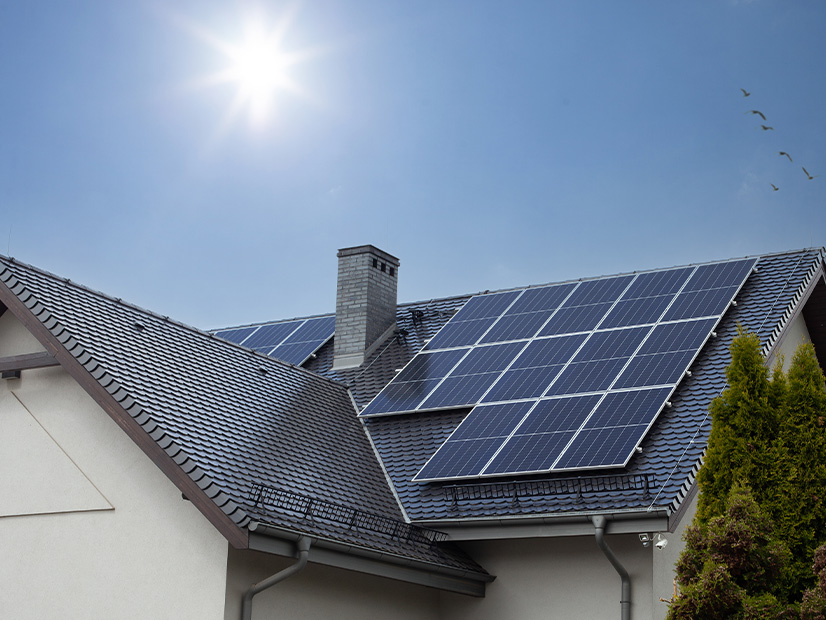FERC on April 15 approved NYISO’s proposed tariff revisions that set rules for distributed energy resources seeking to participate in its markets, including a 10-kW minimum for individual resources to be included in an aggregation (ER23-2040).
The commission sent two deficiency letters in response to the proposal, submitted by NYISO last year, over the 10-kW rule, directing it to provide more explanation for how it decided on that figure and why it would not be unduly discriminatory. (See NYISO Defends 10-kW Minimum for DER Aggregation Participation.)
FERC ended up accepting the entirety of the proposal without directing any compliance filings, finding that the ISO had “demonstrated that, at this time and based on the record herein, the 10-kW minimum capability requirement reasonably balances the benefit of enabling NYISO to implement its DER and aggregation participation model immediately against the drawback of maintaining a limited barrier to certain DERs so that NYISO may feasibly enroll and monitor individual DERs in an aggregation and efficiently administer the wholesale markets.”
The commission rejected complaints that the rule was contrary to Order 2222, which directed RTOs and ISOs to open their markets to DER aggregations. Although the order did not institute a minimum requirement, it also did not preclude grid operators from instituting one, FERC said.
It also noted that NYISO said the rule was not necessarily permanent and subject to re-evaluation. To that end, FERC did order the ISO to submit an informational filing in two years describing its experience administering the new rules and “the estimated effect that the 10-kW minimum capability requirement has had on potential participation, including on the total number of DERs under 10 kW in” New York.
FERC Chair Willie Phillips and Commissioner Allison Clements said in a joint concurrence that although they approved the minimum rule, they did not “arrive at this finding lightly.”
They cited the New York Public Service Commission’s arguments in its protest that DERs are expected to increase significantly in the next few years based on state policies. “Despite commenters’ valid concerns about the potential limiting effect of the 10-kW minimum capability requirement in the future,” Phillips and Clements said they based their decision “on the record before us.”
“We find persuasive NYISO’s explanation that the 10-kW minimum capability requirement is necessary for NYISO to implement its DER participation model immediately and that the lack of such a requirement would substantially delay rollout of the participation model,” they said. “Rejecting NYISO’s filing would therefore have significantly delayed DERs’ eligibility to participate in NYISO’s markets — thereby depriving NYISO and market participants an opportunity to gain valuable experience that can improve the participation model going forward. …
“We are only now leaving the starting gates in unlocking the potential of DERs to provide reliability value to our grid, but that value will be essential to ensuring we meet new and emerging reliability challenges in the future in an efficient manner that protects customers.”
Commissioner Mark Christie issued his own concurrence, a brief and somewhat terse statement that “NYISO — in what can only be described as a ‘Groundhog Day’ experience — was required to repeatedly explain” its reasoning for the 10-kW minimum. In a footnote, he noted that he “was not consulted nor asked my opinion on the issuance of” the two deficiency letters.
Christie also complimented the ISO for “airing its suspicions that … ‘[FERC] may have preferred the NYISO to develop one or more alternatives to its proposal’” and “reminding this commission of its obligations under [Federal Power Act] Section 205 to limit its review to” whether the proposal before it was just and reasonable, and not whether there was a better alternative.



